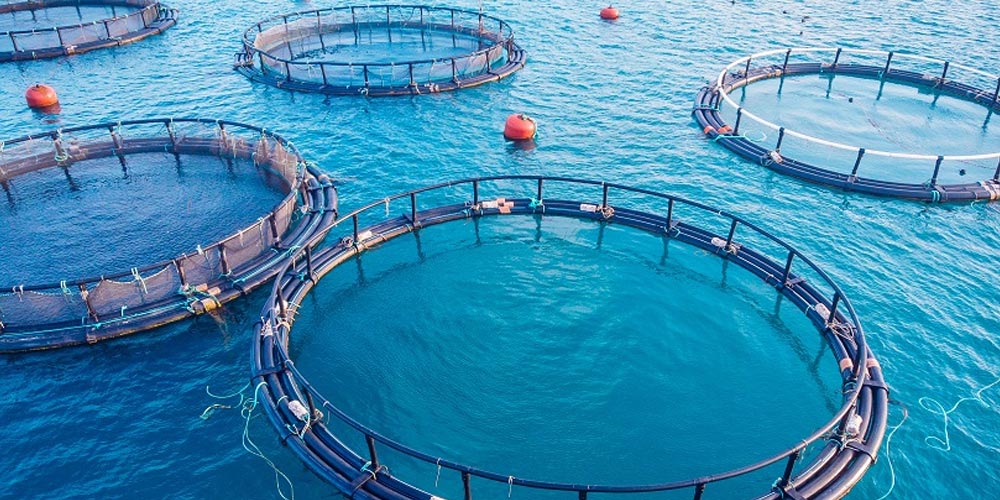The aquatic industry has relatively high requirements for water quality, so various organic matter and pollutants in the aquaculture water need to be treated in a timely manner. The most common treatment method currently is to purify water quality through Flocculants.
In the sewage produced by the aquaculture industry, there are few types of pollutants, small changes in content, and low oxygen consumption in biochemical processes. In order to meet the requirements of emission standards and improve the aquaculture environment. The use of polyaluminium chloride can achieve the effect of purifying water quality.
Polyaluminum chloride plays an important role in aquaculture and has multiple functions:
1. PAC can quickly improve water quality, increase dissolved oxygen in water, prevent eutrophication.
2. Can remove some pathogens and bacteria attached on suspended solid in water bodies
3. When there are too many organic matter in the water body, the method of settling the organic matter in the water body is particularly critical, and the use of polyaluminum chloride should also be one of the effective options.
4. Breeding tail water treatment: The water quality of pond culture contains a large amount of organic matter such as culture residues and fish feces, which leads to a decrease in water transparency and eutrophication of water quality. Direct discharge will cause environmental pollution. This requires the pond culture water to be filtered and purified, and then discharged or recycled after reaching the discharge standards. The use of polyaluminum chloride can quickly coagulate, aggregate, and flocculate colloidal particles that are difficult to precipitate into larger particles and precipitate in the water, significantly reducing the COD and BOD of the water body and greatly improving the efficiency of tail water treatment.
Polyaluminum chloride is suitable for raw water of various turbidities different temperatures and wide pH range.
It should be noted that polyaluminum chloride needs to be used in an appropriate amount. Excessive use leads to poor flocculation effect and may cause clogging of the gills of fish and shrimp, and it is not suitable for long-term use. At the same time, when using it, it should be coordinated with sewage discharge to discharge the agglomerates of polyaluminum chloride out of the pond to achieve permanent removal.
Post time: May-08-2024

